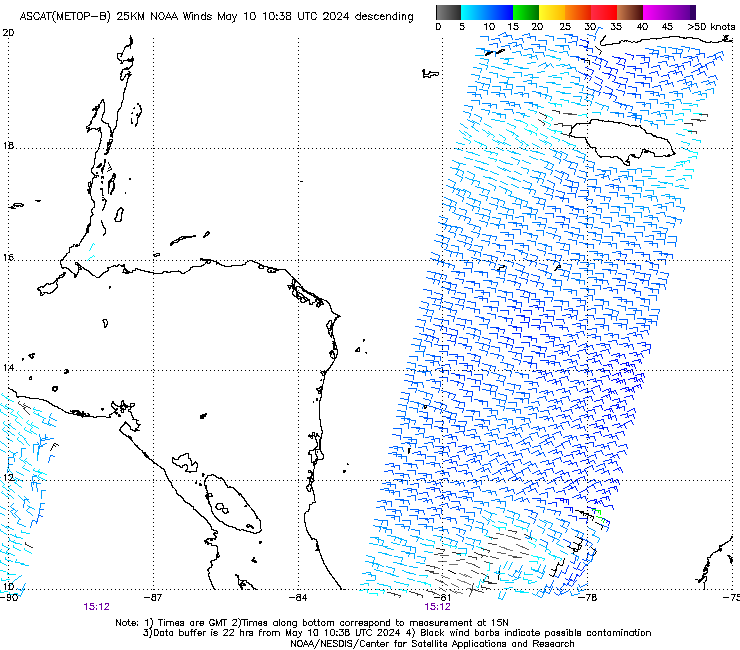#933 Postby Javlin » Thu Oct 05, 2017 5:10 pm
5pm discussion
Analyses from CIMSS at the University of Wisconsin suggest that
Nate is currently experiencing about 20 kt of southwesterly vertical
wind shear, which is more than suggested by the SHIPS model. The
large-scale models are in good agreement that this shear should
diminish during the next 12-24 h, leaving Nate in an favorable
environment for strengthening. One change in the models from the
previous advisory is that the GFS now shows more development as Nate
crosses the Gulf of Mexico. The new intensity forecast shows little
change during the first 12 h due to the shear and land interaction,
then it calls for steady intensification though landfall on the
northern Gulf Coast. After landfall, Nate should weaken as it
traverses the eastern United States. It should be noted that while
the forecast shows a peak intensity of 70 kt at 48 h, Nate is
expected to continue to strengthen between 48 h and landfall and
thus is likely to be stronger than 70 kt. It should also be noted
that SHIPS Rapid Intensification Index values remain quite high, and
any period of rapid intensification would lead to Nate being
stronger than currently forecast.
The initial motion is now 330/9. A combination of a large cyclonic
gyre over Central America, a trough of low pressure moving westward
across the Gulf of Mexico, and a building subtropical ridge over
the western Atlantic should steer Nate generally north-northwestward
with an increase in forward speed during the next 48 h or so,
followed by a turn toward the north as the storm reaches the
western end of the ridge. The guidance is in decent agreement on
the direction of motion, but there remains disagreement on the speed
despite a continued trend toward a faster motion. The new forecast
track is similar to the direction of the previous track, but again
shows a faster forward speed that now has the center near the
northeastern Yucatan Peninsula in 24-36 h and near the northern Gulf
Coast in 60-72 h. After the Gulf Coast landfall, Nate or its
remnants are expected to recurve northeastward upon encountering the
mid-latitude westerlies.
0 likes















